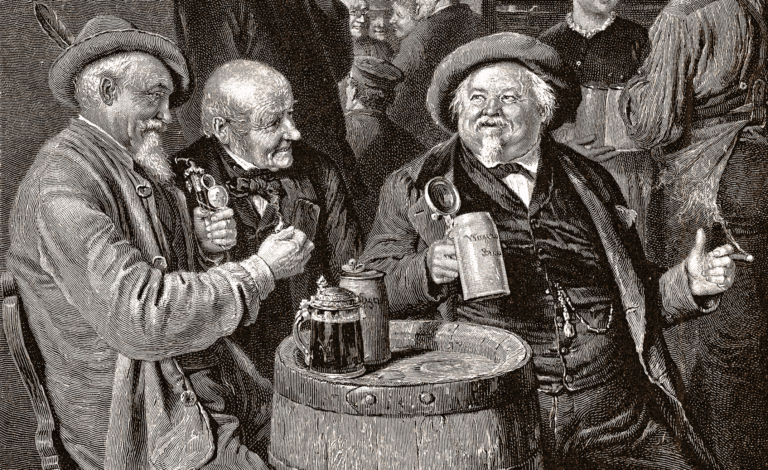Table of Contents
From domestic initiatives to the emergence of micro-craft breweries, the history of suds examines brewing and selling beer worldwide. There are many books on different types of beer, but only some concentrate on the development of brewing throughout history.
The heritage of beer spans the globe, from the Sumerians of antiquity to the initial inhabitants in America during the Medieval Era.
Among the initial beverages that humankind made was beer. In the fifth millennium BC, in what is now present Iran, the initial barley beer was produced. It was mentioned in ancient Egypt, and Mesopotamia’s history spread worldwide.
There are wide varieties of beer for people to explore. Quenchlist has an elaborate list of beer and other drink recommendations both alcoholic and alcohol-free, that offer you your favorite spirit at affordable deals.
Importance Of Beer In The Society Through The History
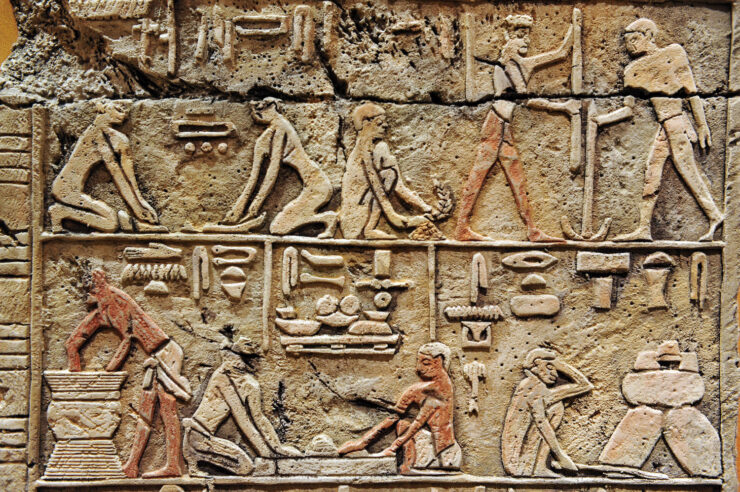
Since beer has been around for a long time, the recent global trend of microbreweries has shown that there is still a significant market for this thirst-quenching beverage.
Typically women produce beer worldwide, showing they can transform crops or other plants, such as bananas or manioc, into sophisticated alcoholic fermentation.
Although there are many different ways that women make this liquid, they all involve a lot of effort that takes many long hours. In early societies and modern both, beer has been consumed by all past and present times across the globe.
The Incas, for instance, once spilled chicha beer down an altar made of stone that had been intricately sculpted to resemble the soaring high mountains. The Japanese Ainu used it to commemorate their forefathers and to celebrate their meals.
The Rarámuri people of northern Mexico still utilize it as a form of money to encourage their neighbors to participate in work celebrations.
The modern Gamo in the southwest of Ethiopia pours this beverage on the ground to serve their forefathers in gratitude for the abundance and vitality they contribute to the community, the soil, and the environment.
Types Of Beers In Recent Times
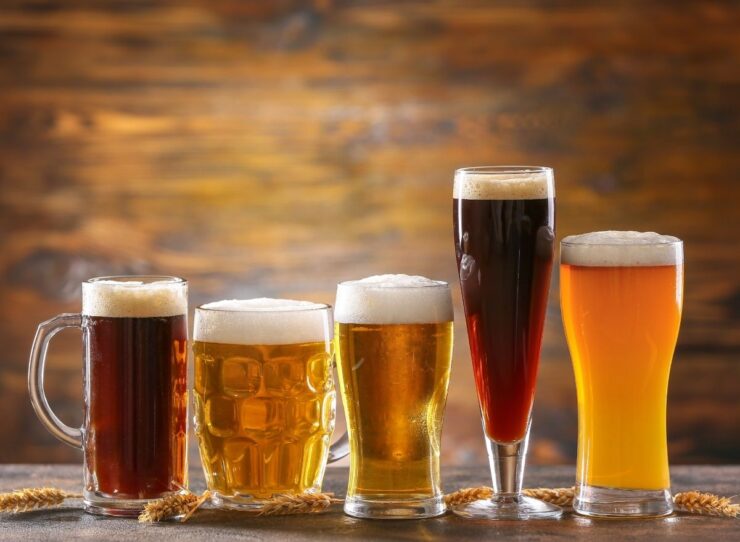
Drink recommendations for different kinds of beers in recent times consist of a wide range. Despite the recent explosion in the popularity and growth of craft brewing, there are only a few fundamental varieties.
One can trace this beer’s history back to ancient times. Different ales, like brown and pale, are within the overall ale category. Ale can be identified by its quick fermenting at a warm temperature, making it available to home brewers. Ale can be recognized by its quick fermenting at a warm temperature, making this beer available to home brewers.
Lagers are popular in Canada, wherein they account for beer sales, and in European nations like the Czech Republic, Germany, and the Netherlands. Lagers are a more recent type that differs from ales in two fundamental ways.
Lagers use bottom-fermenting microbes, which settle below in the fermentation tank, to carry out their complex fermentation process over an extended period at a cold temperature.
Porter, a subgenre of ale, is distinguished by their deep blackish color and charred malts flavor and fragrance. The roasted malt used during brewing whether porters will taste dry or fruity.
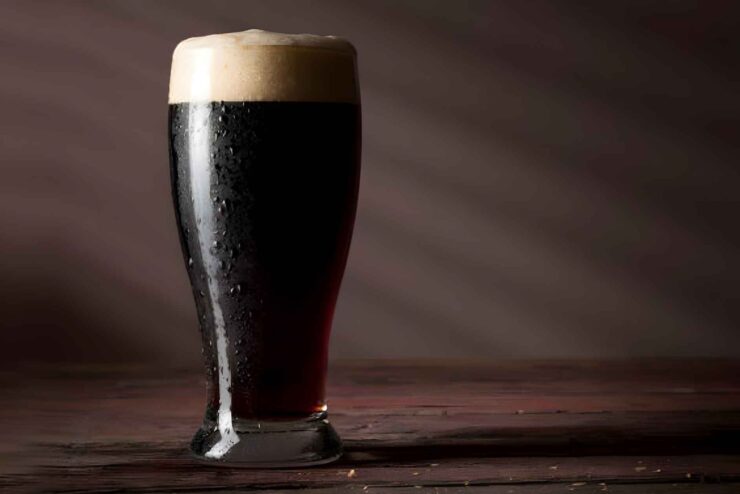
Stouts are roasted, black ales, just like porters. Because unmalted charred barley is infused with the wort, stouts are less sweet than porters and frequently have a bitter coffee flavor. A rich, creamy head is what makes them distinctive. One of the most well-known stouts in the world is Ireland’s Guinness.
Blonde ales are like their names having light color and clear texture. Instead of being too hoppy or dense, it is often sharp and fresh with little to no bitterness. Because of its gentle malt sweet taste and traces of aromatic hop varieties, this easy-to-drink brew is a summertime delight.
The Technology Behind Brewing A Beer
People invented beer; it was not created naturally. To make beer, several starch sources must be converted using ingenious technology.
The beverage has been a technical drink since its inception, unlike wine, where fermentation is quick; making beer takes effort, skill, and intellect. Not a naturally occurring accidental beverage, beer is a manufactured invention.
Through its ingredients and production methods, beer is inextricably associated with the economic value of starch supplies. Beer is a sweetened, fermented, and liquid starch.
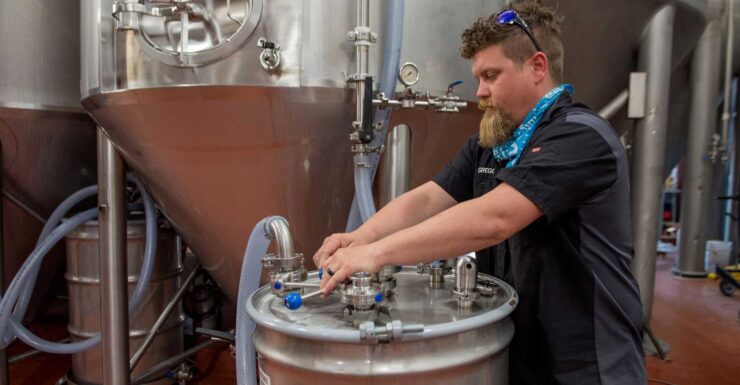
The origin of the six brewery techniques that created the worldwide invention of this beverage is the breakdown of a compound into simple sugars, primarily glucose. Each of the six is a testament to human inventiveness and is based on how closely related people are to plants.
The six founding brewery techniques have also been improved over the centuries. Despite its predynastic origins, it is a technological item that has been masterfully created.
This technological innovation meets everyday physical necessities thanks to its unique production techniques tailored to the locally available starch supplies and changing depending on the region or historical era.
The beverage also holds spiritual significance in some cultures, while for some, it is a means to quench their thirst and for some mode of economy. Due to its representation of three critical facets of human society spanning history—technology, commerce, and the search for the divine—this drink is a multifaceted brewed substance.
Conclusion
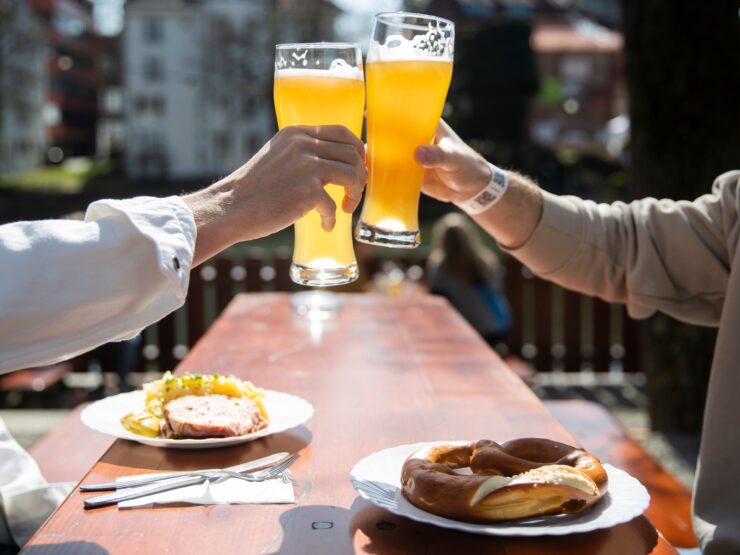
Over time beer development displays intricate interplays between brewing techniques, drinking customs, and social milieus. The productivity of traditional breweries has expanded, specialty breweries have emerged, and microbreweries have all contributed to recent shifts in this drink’s supply.
Although the products of these two newer kinds of breweries are generally relatively more costly than conventional beers, this is only sometimes a result of fancy branding.
The social significance of beer has changed as stationary human civilizations have become more complicated.
It was once a beverage used to distinguish social classes in ancient times, an emblem of the warrior castes, a matured drink administered adequately by the first imperial powers, a trade product, then an industry beverage, a colonialist liquid, and now it is our contemporary beer thanks to the resurgence of artisan breweries.

